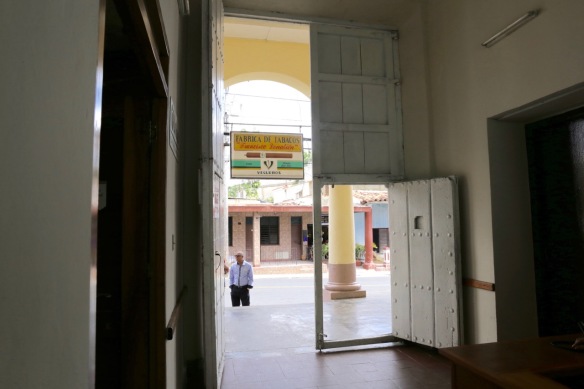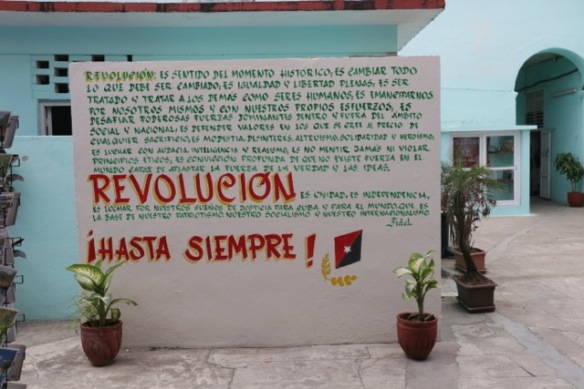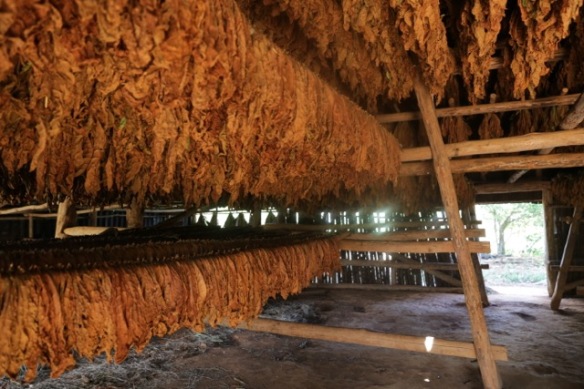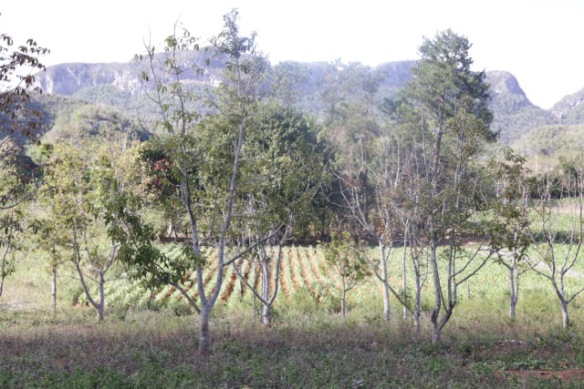
By Sam Price and Tom Peters in New Zealand:
ANZAC Heroes: Promoting war to children
24 March 2017
ANZAC Heroes, written by Maria Gill and illustrated by Marco Ivancic, is a glorification of war and nationalism aimed at children. Published by Scholastic in March 2016, and designed to be used in schools, it profiles 30 men and women who were in the Australia and New Zealand Army Corps (Anzac) during World War I and II, including soldiers, air force pilots, navy officers, and nurses.
Gill received $41,033 to write the book from the New Zealand government agency Creative NZ, which had a special $1.5 million fund for projects promoting the centenary of World War I. Wellington and Canberra have spent hundreds of millions of dollars on pro-war exhibitions, books and movies over the last three years, mainly aimed at young people, to encourage patriotism and respect for the military.
ANZAC Heroes received the 2016 Margaret Mahy Book of the Year, the national award for New Zealand children’s books. According to the awards’ web site, they are given to works that build “national identity and cultural heritage” and are funded by Creative NZ and the Wellington City Council. The judges described Gill’s book as “personal, engaging, inspiring and sad” and “incredibly well-researched.”
In fact, the book is not an objective work of history. As with other centenary-related productions, it is full of distortions and falsifications. While several of the people profiled were undoubtedly interesting and brave, their stories, filtered through the prism of nationalism, come across as lifeless and formulaic.
The primary purpose of the book is to glorify participation in imperialist wars. According to the introduction, the author aimed to “show what [the Anzacs] endured and how their incredible spirit saw them rise to the challenge.” It notes that every year their “sacrifice” is remembered on April 25, Anzac Day, in Australia and New Zealand. This holiday features nationalist parades and other patriotic ceremonies dedicated to the military.
Gill falsely characterises the entry of Australia and New Zealand into WWI as defensive. “When Britain went to war, they committed themselves to defending the Empire. Politicians worried that the war would spread to their shores and wanted to support the Empire’s effort to prevent that from happening,” she states.
In reality, both countries are minor imperialist powers that entered the war to expand their colonial possessions. Soon after war was declared in 1914, Australia invaded German Papua New Guinea and New Zealand troops seized German Samoa. These territories, along with Nauru, were brutally exploited by Australian and New Zealand capitalists for decades. The Anzacs took part in World War II not to fight for “democracy” but for predatory colonial interests.
Gill gives little sense of the immense scale of the destruction in both World Wars. The fact that tens of millions of people were slaughtered is not even mentioned, only the large death tolls for Australian and New Zealand troops: in WWI they were 60,000 and 18,000 respectively; in WWII, 27,073 and 11,928.
The book’s “heroes” are generally described as excited and eager to go to war. For instance: “At 17 years old, Cyril [Bassett] couldn’t wait to join the Territorial Force;” “Like many teenagers of that era, Robert [Little] dreamed of being a pilot;” “William Sanders always wanted a seafaring life after growing up hearing tales of his grandfather Captain Wilson’s sailing adventures;” “Edward (‘Weary’) Dunlop wanted to be like the heroes in the books and comics he read” … and so on.
There was in 1914–1915 an initial period of “war fever” in which thousands of Australians and New Zealanders rushed to enlist to fight. Responsibility for the lack of organised opposition rests primarily with the trade union and Labour Party leaders in both countries, which, like their counterparts in Europe, enthusiastically supported the war and joined with the bourgeoisie in whipping up patriotism.
Following the reports of thousands of deaths, particularly at the battle of Gallipoli in 1915, enlistments began to fall sharply and anti-war sentiment spread rapidly throughout the working class. The Australian Labor government of Billy Hughes attempted to introduce conscription, but was defeated in two referenda. New Zealand’s conservative government led by William Massey imposed conscription without a referendum in 1916. In New Zealand the Labour Party was established in 1916 to contain the anti-war opposition in the working class.
There is no reference to this mass opposition in Gill’s book. Nor is there any profile of anyone who was conscripted or otherwise forced to go and fight.
Gill recounts the military exploits of each soldier, with particular emphasis on the number of “enemies” killed and the recognition and medals received. A typical passage describes how Australian soldier Albert Jacka “killed many Germans” in WWI and earned a Victoria Cross after he leapt into an Ottoman trench, “shot five and bayoneted two,” afterwards telling his commanding officer: “Well, I managed to get the beggars, sir!”
Australian pilot Hughie Edwards is praised for earning the Victoria Cross in July, 1941, after “blowing up two factories and a warehouse.” Edwards took part in the bombing of Berlin in 1943, which killed thousands of civilians.

The book notes that several Anzacs suffered disfiguring wounds and psychological disorders. There are also descriptions of the horrific conditions endured by prisoners of war during WWII. Australian Arthur Blackburn is said to have “fought for the rights of POWs, striving to get them better living conditions, and suffered beatings for it.” A thousand men, under the command of prisoner Edward Dunlop, were forced to work 18-hour days in a Japanese prison camp while suffering from diseases like malaria and cholera.
Gill shows no sympathy for German, Ottoman or Japanese soldiers, who are dehumanised as “the enemy” throughout the book. Nor is there any acknowledgement of war crimes committed by the British Empire, the US or their allies. In Cowra, Australia in 1944, 231 Japanese POWs were slaughtered following a breakout, while in New Zealand in 1943, 48 Japanese prisoners were massacred by machine-gun during a riot. These atrocities are not widely known, particularly among younger people.
Several profiles of women and indigenous soldiers have been included to depict WWI and WWII as central to the development of a “progressive” and egalitarian national identity.
Gill writes that Australian ambulance driver Olive King “craved adventure” and when she initially volunteered “they told her war was no place for women, but Olive didn’t let that stop her.” The profile for New Zealand doctor Jessie Scott attempts to draw a direct line between New Zealand women winning the right to vote in 1893 and Scott’s decision to become a doctor and join a military hospital in Serbia.
Working class women, however, played a major role in the anti-war movement in both countries. In Melbourne on October 21, 1916, an anti-conscription demonstration led by around 4,000 women attracted a crowd of 80,000 people. In the New Zealand city of Christchurch in 1918, a group of 2,000 women started what was reported as a riot to prevent their men being conscripted.
The statement in ANZAC Heroes that “Maori volunteered to join [WWI] as soon as the war was declared” is a gross distortion. In fact, Maori were among the bitterest opponents of war. A Native Contingent Committee was formed to co-ordinate the recruitment of Maori and included Maori parliamentarians such as Apirana Ngata. Yet only a third of the second and third drafts were actually Maori, with Pacific Islanders enlisted to meet the minimum quota.
Objectors were brutally repressed. In 1916, two were killed by police during the attempted arrest of Rua Kenana, a religious leader who discouraged Maori from recruitment. Hundreds were imprisoned and sentenced to two years of hard labour for resisting conscription.
Gill’s assertions that “Aboriginal men were keen to enlist” and “were treated equally” in the Australian army are also misleading. Laws banning Aboriginals from the armed forces were relaxed to allow enlistment by those with one parent of European descent in 1917, as a desperate measure to increase recruitment, especially after conscription was defeated in two referenda in 1916 and 1917.
Although they were paid the same as other troops, Aboriginal soldiers were kept in the lowest ranks. After the war, they were officially shunned, refused returned soldiers’ land grants and often denied war pensions and back pay. Indigenous people were among the most brutally repressed sections of Australian society, denied basic rights such as citizenship, the right to vote, to buy land or marry non-indigenous partners.
The book contains only one brief mention of opposition to war, in the profile of Australian Hugo Throssell. After recounting Throssell’s experiences in battle during WWI, Gill writes: “Over the next ten years and through the Great Depression, Hugo had numerous jobs and became an anti-war socialist. His wounds healed but his mental health grew worse.” With “mounting debts,” Throssell committed suicide in 1933.
This wording falsely implies that Throssell became a socialist during the Depression of the 1930s and that his decision was bound up with deteriorating mental health.

Speaking to a gathering of 1,500 people in Northam, Western Australia, on July 19, 1919, Throssell said: “The war has made me a Socialist. It has made me think and inquire what are the causes of wars. And my thinking and reading have led me to the conclusion that we shall never be free of wars under a system of production for profit, with its consequent over-production, periodic crimes, unemployment and the struggle for markets….
“[I]f we want to do the things which will make for a permanent peace, we must do away with the system of production for profit, and reorganise our life in common on the lines of production for use and for the well-being of the community as a whole.”
In 1919 Throssell married the socialist writer Katherine Prichard, a founding member of the Communist Party of Australia in 1920. Both were inspired by the Russian Revolution of October, 1917, an earth-shaking event that took Russia out of the war and pointed the way forward for workers in every country. The threat of revolution throughout Europe forced the imperialist powers to agree to an armistice.
The fact that ANZAC Heroes has received such wide acclaim and won a national prize must be taken as a warning. As in the lead-up to World War I, xenophobia, militarism and extreme nationalism are being cultivated in every country. The world stands on the brink of a catastrophic war involving nuclear powers, as the US escalates its threats against Russia and China. New Zealand and Australia, both allies of the US, would inevitably be dragged into such a war.
Gill’s book is part of the strenuous efforts being made by governments, with the help of well-paid academics and hack writers, to overcome the deeply ingrained anti-war sentiment among young people.
The author also recommends:
The role of Australian schools in World War I
[25 April 2015]
New Zealand: WWI Home Front exhibition buries mass opposition to war
[22 August 2016]
Government-produced book describes WWI as “successful and profitable”
[24 April 2014]




























